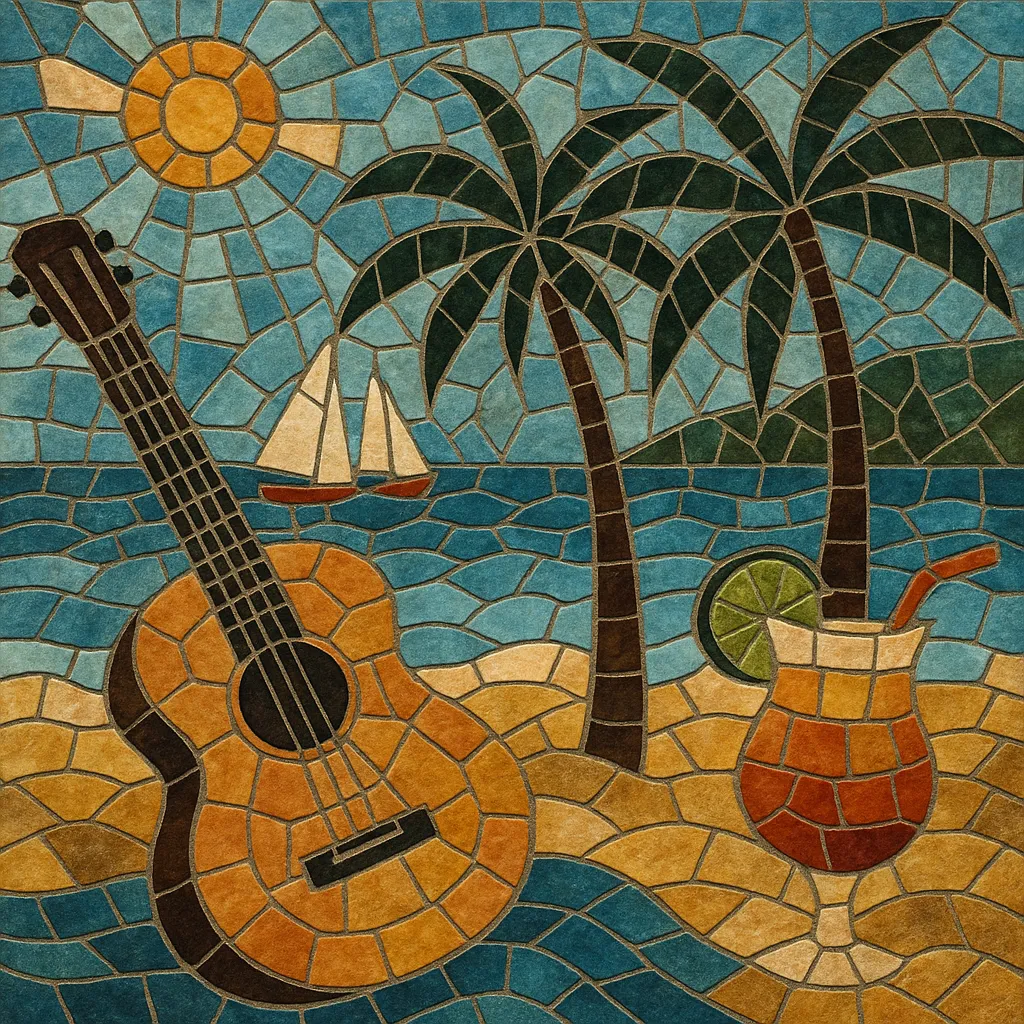
Tropical rock (often shortened to "trop rock") blends laid‑back rock and country songwriting with Caribbean and Gulf Coast rhythms and instrumentation.
It evokes beaches, sailing, and escapism, pairing acoustic guitars and pedal steel with steel pans, island percussion, and breezy keyboards.
Lyrically, it celebrates coastal life—sun, saltwater, cocktails, and the desire to slow down—delivered with friendly, sing‑along hooks and relaxed grooves.
Tropical rock emerged in the 1970s United States—especially around Key West and the Gulf Coast—where singer‑songwriters fused rock and country with Caribbean sounds. The lifestyle and imagery of coastal bars, marinas, and sailing culture provided a distinctive narrative backdrop.
Jimmy Buffett became the style’s defining figure, codifying its blend of country storytelling, soft‑rock melodies, and island rhythms. Albums and anthems celebrating beachside escapism created a template: mid‑tempo grooves, warm tones, steel drum and percussion accents, and lyrics about sun‑soaked leisure and everyday escapism.
Through the 1980s and 1990s, a community of independent artists and regional bar bands adopted the approach, while mainstream country and soft rock occasionally borrowed the imagery. Dedicated fan culture (e.g., Parrothead communities) and destination festivals helped solidify the scene beyond radio formats.
In the 2000s and 2010s, country stars and roots‑leaning acts integrated trop rock’s beach‑life themes into chart hits, bringing the sound to broader audiences. Meanwhile, the grassroots "trop rock" circuit—supported by clubs, cruises, and awards—sustained a steady stream of singer‑songwriters who keep the coastal storytelling and island‑inflected sound at the genre’s core.

